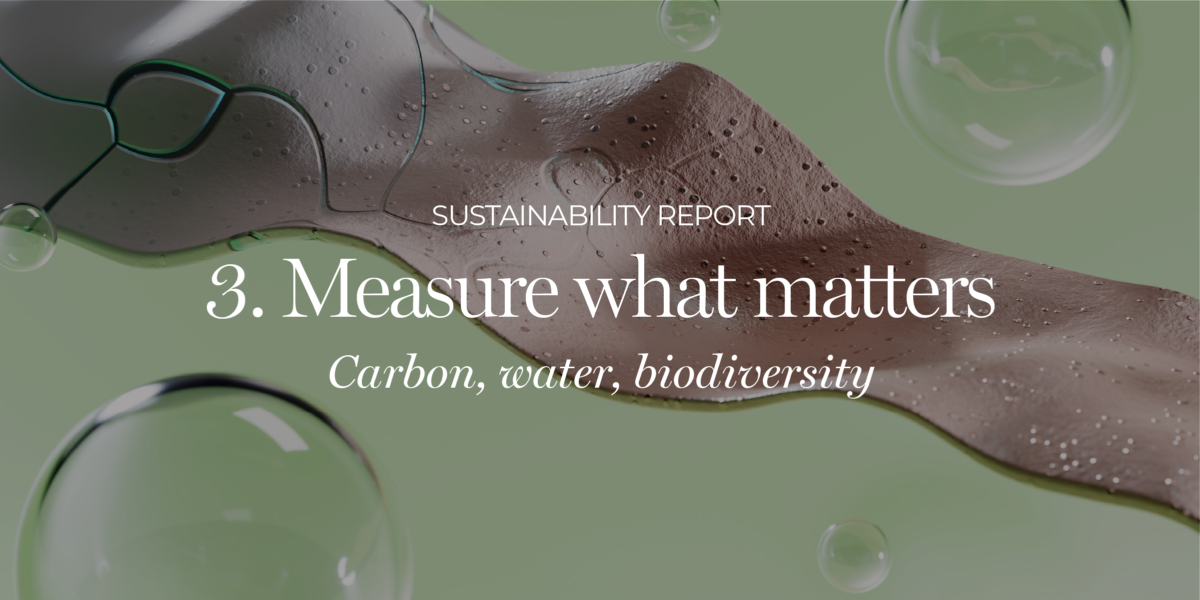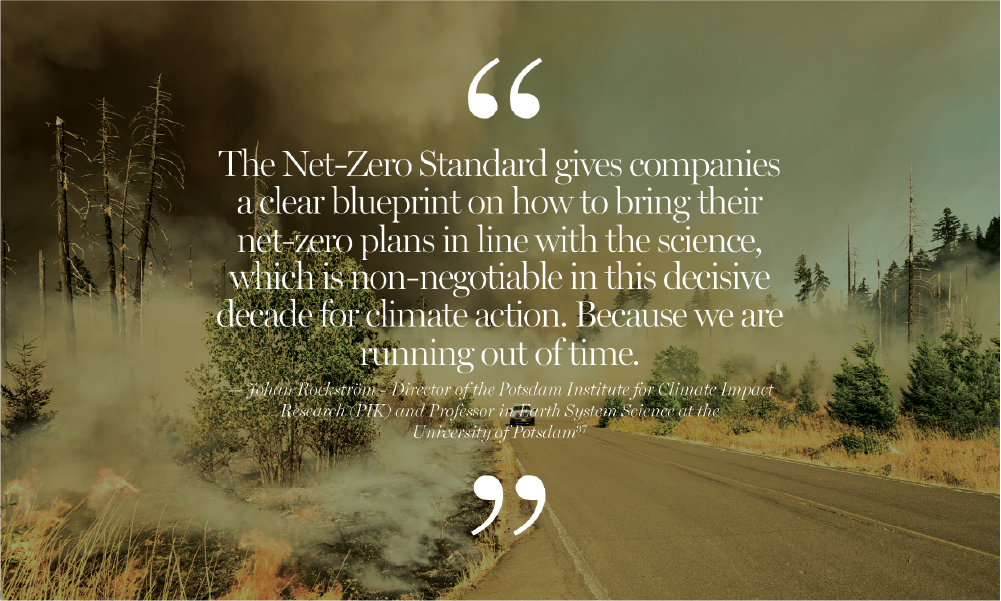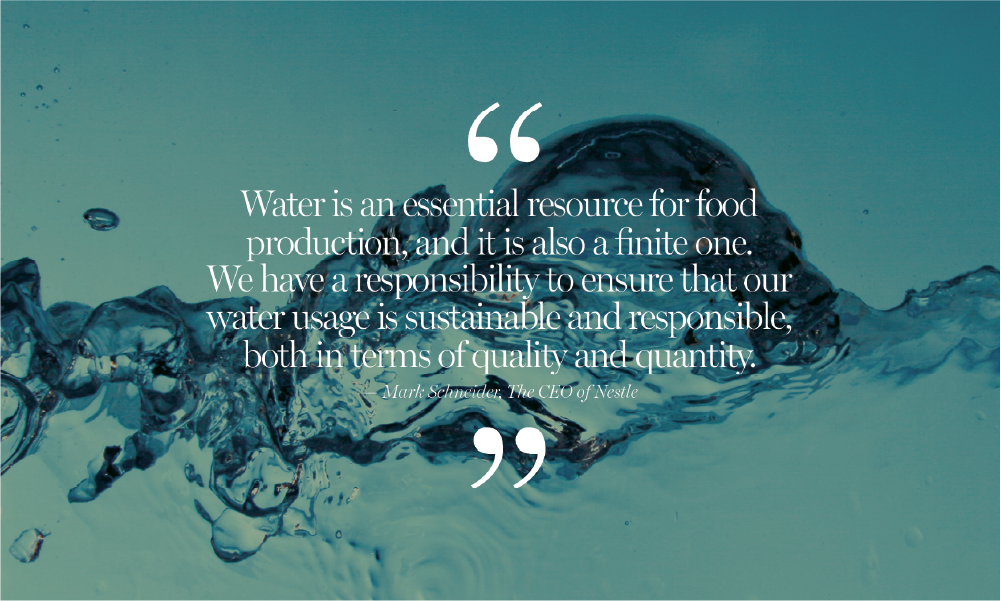Carbon:
Financial markets, governments and regulators have developed a clearly defined playbook for measuring and reporting on the carbon footprint of global industries. Carbon must underpin any impact measurement and reporting on sustainability but it is by no means the complete picture.
The food and beverage industry has become increasingly aware of its significant contribution to greenhouse gas emissions and the consequent environmental impact. The industry’s carbon footprint is a result of various factors such as land use change, agriculture, food processing, and transportation. According to the Intergovernmental Panel on Climate Change, the food system accounts for around 25% of global greenhouse gas emissions. Therefore, it is essential for the food industry to calculate its carbon impact and work towards reducing emissions to address climate change.
The food industry is accountable for three types of greenhouse gas emissions – Scope 1, Scope 2, and Scope 3. Scope 1 emissions are direct emissions from sources that the industry controls or owns, such as fossil fuel combustion and livestock management. Scope 2 emissions are indirect emissions arising from purchased electricity, heat, or steam. Scope 3 emissions include all other indirect emissions across the value chain, including raw material production, transportation, product use, and disposal.
Whether we’re buying a coffee, booking a vacation or making investments, the jargon around sustainability, typically carbon, can be confusing and overwhelming, making it hard to know if we’re making the right choices and what brands should aim for
Below are some definitions to keep in mind:
- Food and Agriculture Organization of the United Nations (FAO) Sustainability Framework: The FAO Sustainability Framework provides guidance for sustainable agriculture and food systems, focusing on issues such as climate change, biodiversity, and food security. This paper takes a systems approach to addressing our food system and has been developed by the UN.
- GHG & Carbon Emissions: Greenhouse Gas Emissions (GHG) or Carbon emissions refers to a group of gasses contributing to global warming, of which carbon is one. To allow for meaningful comparison and to determine their individual and total contributions to global warming all of the gasses are converted to carbon dioxide equivalents and often referred to as carbon emissions or Carbon Dioxide Equivalent (CO2e).
- Carbon Neutral: In a carbon neutral product or organization there is a commitment to evaluate the carbon emissions produced. This is then coupled with finding ways to reduce those emissions and compensating for these by reducing emissions elsewhere through offsetting.
- Carbon Neutral classification can be misleading and is unlikely to drive true systemic change. An example of this is an organization or product that has a large emissions footprint but simply offsets this footprint rather than looking at principals of circular and regenerative design to reduce the emissions as much as possible before offsetting. The science based targets initiative has set clear guidelines across industries outlining acceptable levels of offsetting.
- Net Zero: Net Zero on the other hand means that a company reduces its absolute emissions across its whole supply chain, in order to support the target to limit global temperature increases to 1.5 degrees Celsius, as agreed in the 2015 Paris climate summit. The Science Based Targets initiative (SBTi), a partnership between CDP, the United Nations Global Compact, World Resources Institute and the World Wide Fund for Nature, has set out the world’s first Net Zero standard, providing companies with a framework and tools to effectively implement the Net Zero target.
Water:
Due to the significant amount of water utilized, the industry’s water use has substantial environmental impacts, including depleting water resources, decreasing water quality from the discharge of wastewater and pollutants, and contributing to water scarcity in water-stressed regions.
- Our food system uses 70% of our global fresh water and is one of the major sources of water pollution.
- By 2025 half of the world’s population will be living in a water stressed area.
- The number of people at risk of floods is expected to rise from 1.2 billion today to 1.6 billion by 2050.
-
- By 2050 there will be more plastic (by weight) in the ocean than fish.
-
Food companies should calculate and communicate their water footprint to identify areas of water use and potential improvements. This can be integrated into a broader sustainability strategy or environmental management system.
Calculating a water footprint is particularly crucial when introducing new products or processes to ensure their environmental sustainability and efficient use of water resources.
Stakeholders such as customers, investors, and regulatory agencies are becoming more interested in the environmental impacts of products and processes, including water use, making it necessary to calculate and report water footprints to enhance transparency and build consumer trust.
Biodiversity:
Our food system is highly dependent on natural resources such as land, water, and biodiversity to produce food, and the activities associated with food production can have significant impacts on these resources. Biodiversity loss as a result of food production happens in several ways including, habitat destruction, soil erosion, water pollution, greenhouse gas emissions, and loss of genetic diversity in crops and livestock.
- There has been a 69% decline in wildlife populations between 1970 and 2018. (Across Latin America alone this is 94%).
- Since 1970 human activities have wiped out 60% of mammals, birds, fish and reptiles, 1/5 of the world’s reefs and 13 million hectares of forest.
- The biggest driver of biodiversity loss is how people use the land and sea. This includes the conversion of land covers such as forests, wetlands and other natural habitats for agricultural and urban uses.
- Between 2015 to 2050 land use change may more than double.
Biodiversity is essential for the functioning of ecosystems and the services they provide, without healthy, functioning ecosystems we would not have the natural resources we require to produce food.
Biodiversity is also a vital source of genetic diversity in crops and livestock, which is critical for developing new varieties that are more resistant to pests, diseases, and changing environmental conditions.
The process of measuring and reporting on biodiversity is incredibly complex and currently a topic of great debate globally. There is however a clear message from regulators, financial markets and consumers that we must consider biodiversity when we are looking at the impacts of food production on our planet.
On the 19th of December 2022, at COP15 in Montreal, 94 countries agreed to protect 30% of the land and water considered important for biodiversity by 2030. Currently only 16% of terrestrial and 10% of marine areas are protected. This will have significant implications for our food system that uses 38% of our current global land surface and is expected to double over the coming years!
SUSTAINABILITY REPORT











